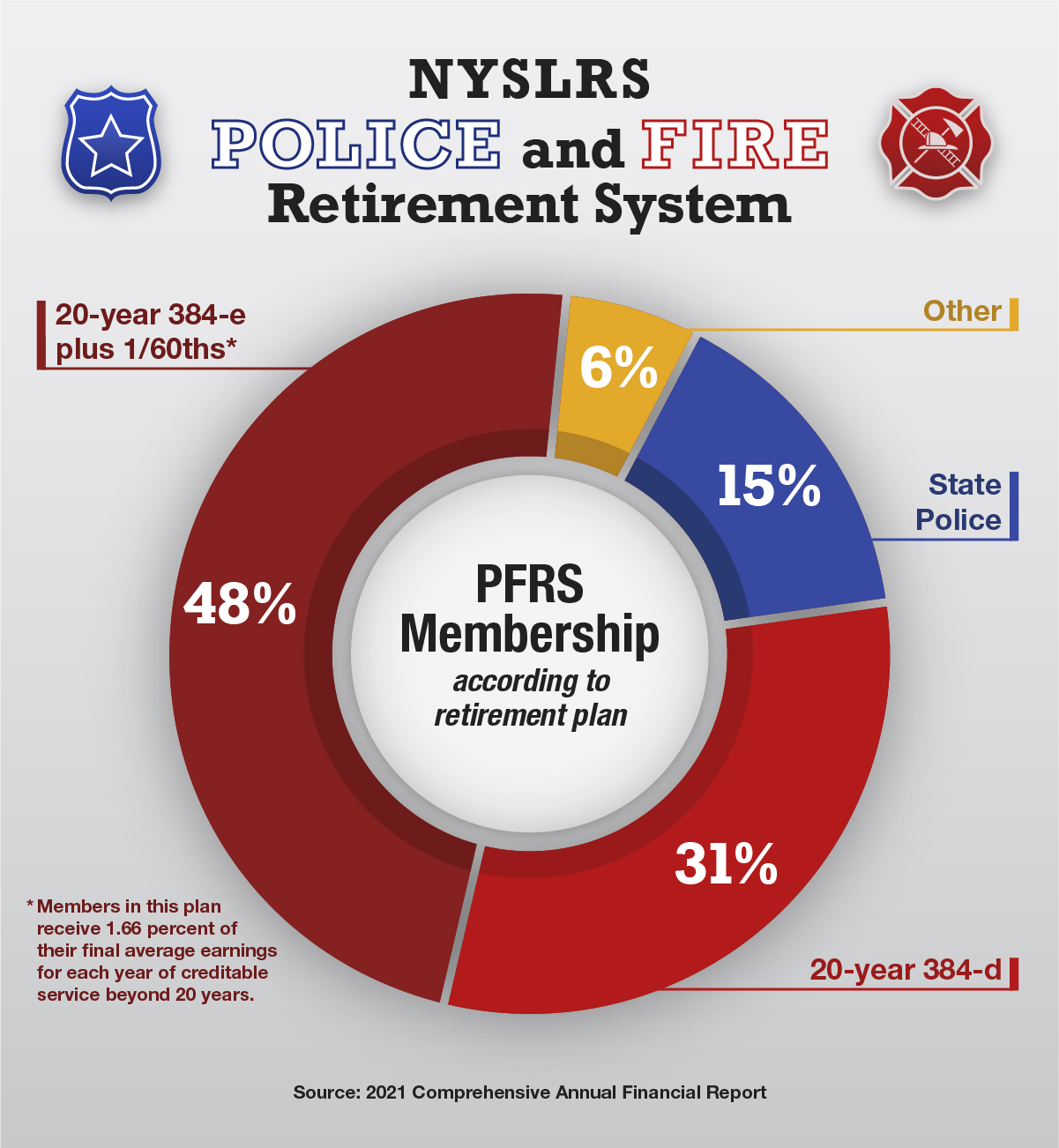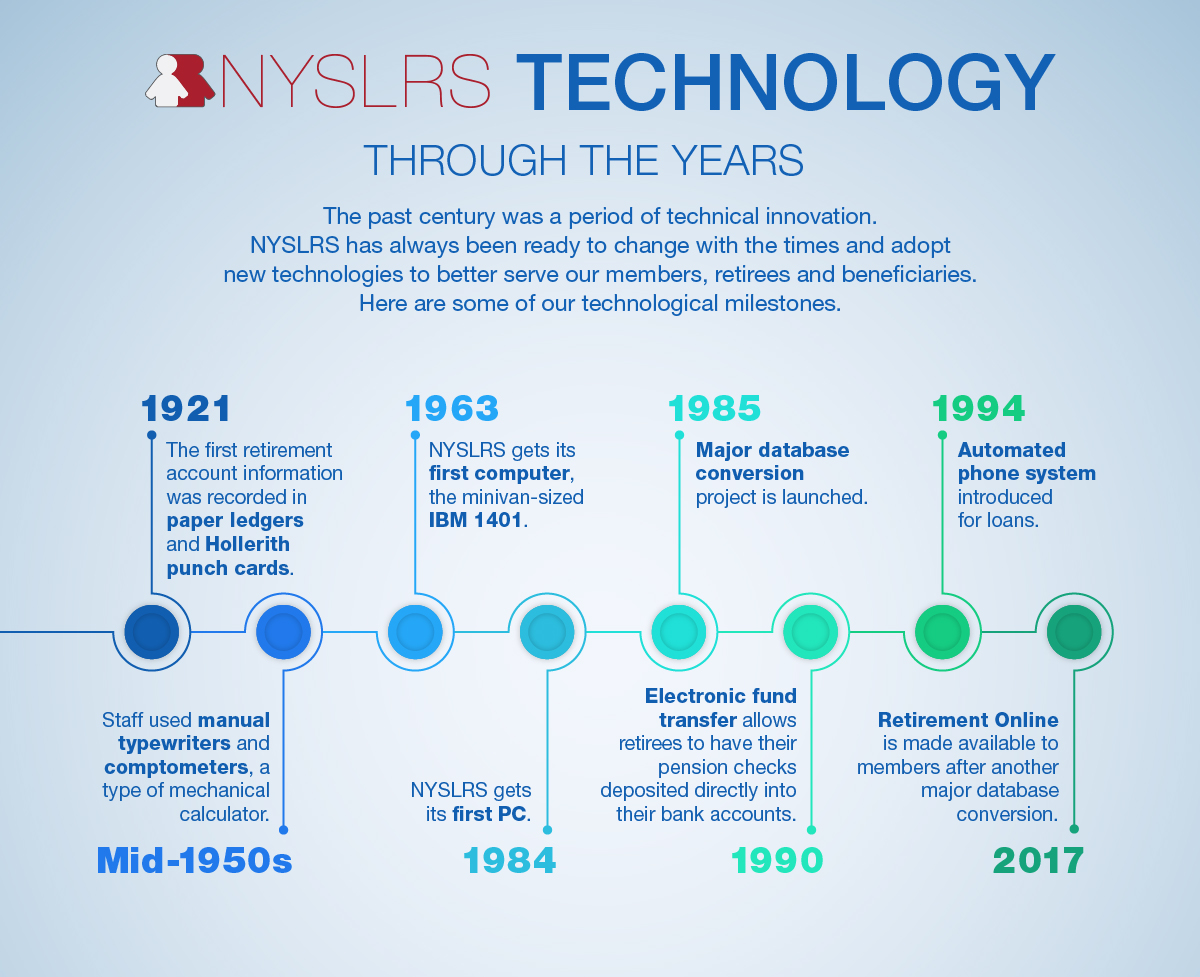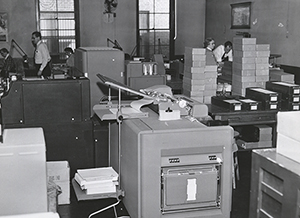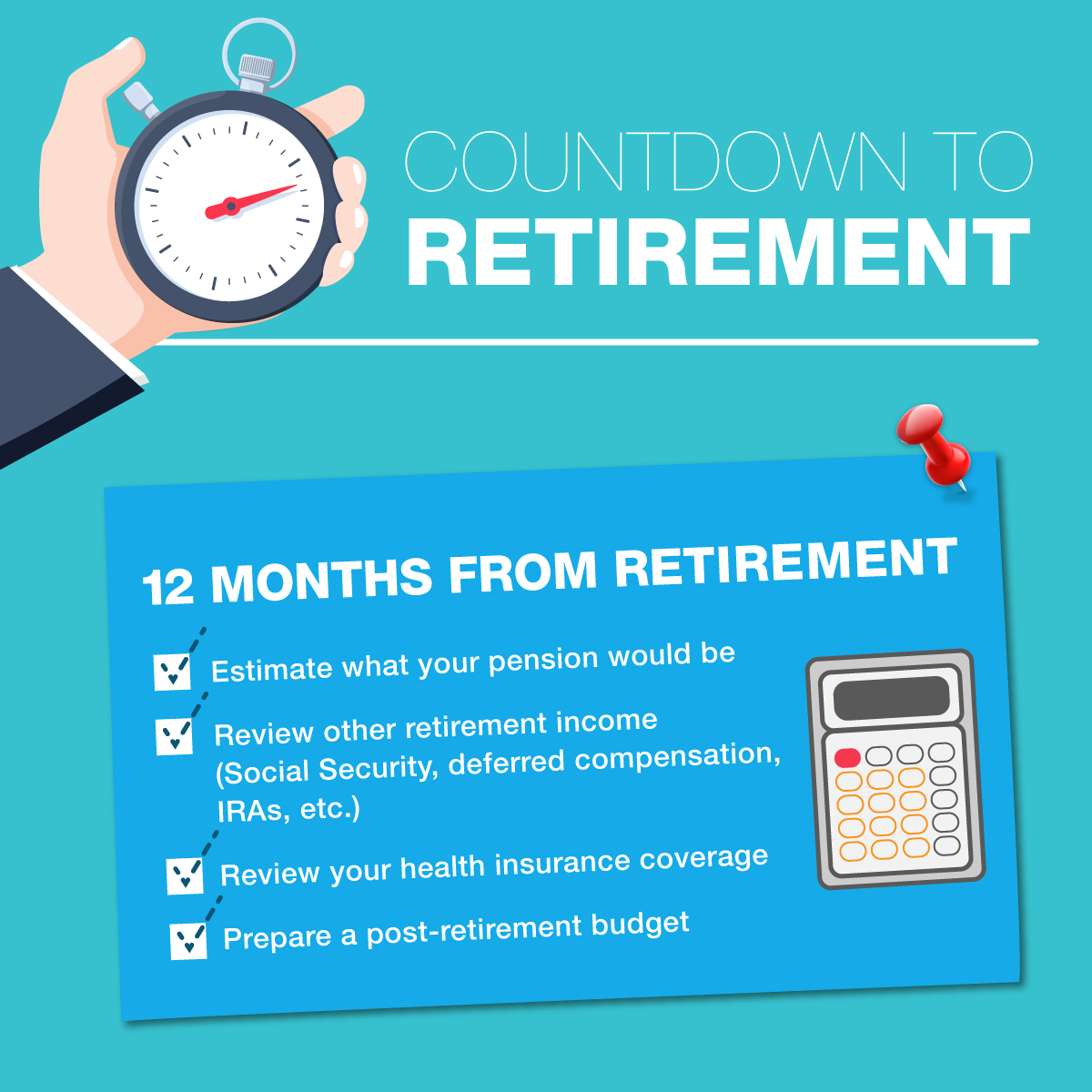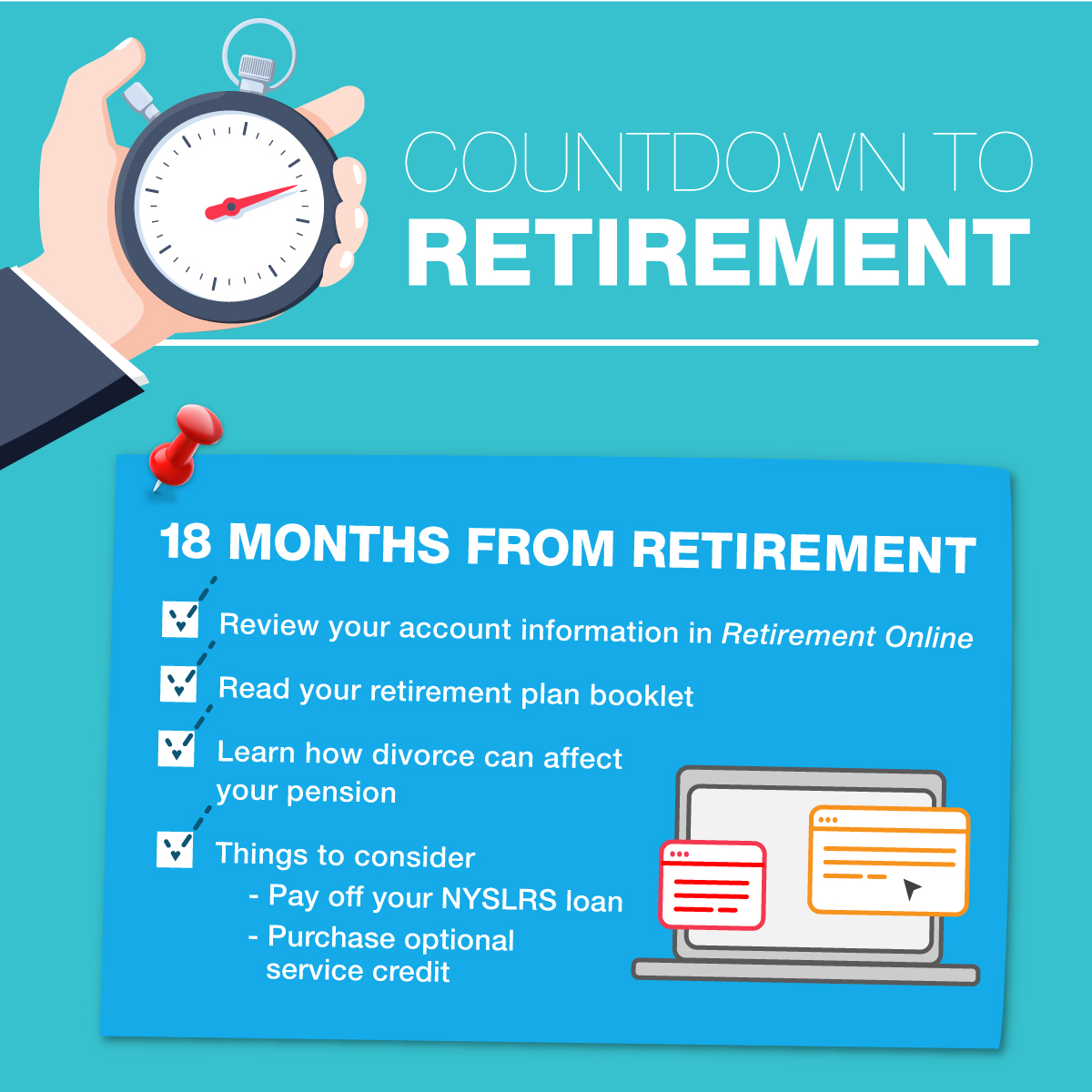Before you pin down a retirement date, there are several factors you should consider.
Your Retirement Date
NYSLRS has made it a lot easier for you to determine the best time to retire. Most members can now use our online pension calculator to estimate what your benefit would be at different retirement dates and ages. Just sign in to your Retirement Online account and click the “Estimate my Pension” button to get started.
As of April 9, 2022, Tier 5 and 6 members only need five years of service credit to be vested. If you are a Tier 5 or 6 member with five or more years of service credit you can contact us to request a benefit estimate.

Your Health
Your current health and long-term health prospects should be a factor in choosing your retirement date. If your health is poor, you may want to retire earlier to give yourself more time to enjoy retirement. On the other hand, if you anticipate significant out-of-pocket health costs, working longer might give you more time to save for those costs.
If you are in good health, your retirement may last longer than average. In most cases, staying on the job a little longer will increase your NYSLRS pension and provide an opportunity to build your savings.
Your Savings
It’s always a good idea for members to plan to supplement their NYSLRS pension and Social Security with savings. Retirement savings are a hedge against inflation, can help in an emergency and give you more freedom to do the things you want to do in retirement.
Having retirement savings gives you more flexibility and — if you have enough saved — may offset any penalty if you decide to retire early. On the other hand, if you have no savings or are short of what you’d like to have, working a little longer offers a chance to save more.
State employees and some municipal employees can take advantage of the New York State Deferred Compensation Plan. In 2022, you can save up to $20,500 per year in a Deferred Compensation account, under Internal Revenue Service rules. Starting in the year you turn 50, you can save an additional catch-up amount. The age 50-plus catch-up amount for 2022 is $6,500.
If you don’t work for New York State, check with your employer to see if you are eligible. If you are not eligible, your employer may be able to direct you to an alternative retirement savings program. (The Deferred Compensation Plan is not affiliated with NYSLRS.)
Your Current Job
The type of work you do is an important factor in determining when to retire. A physically demanding job can get even harder as you age.
But there are other things to consider about your current job. Some members want to retire as soon as they’re eligible to go. However, if your job gives you satisfaction and a sense of purpose, are you ready to walk away from it? Do you look forward to social interactions with your coworkers? Will you miss your job more than you enjoy being retired?
Your Plans for Retirement
Is retirement the end of something or the beginning of something new? Answering that question could go a long way toward determining your ideal retirement date. If you have dreams of starting your own business or going mountain climbing in Spain, you may not want to delay retirement.
On the other hand, if you don’t have a plan to fill the long hours of retirement, you risk becoming bored or depressed. For some, that risk is a reason to keep working. Whether you decide to retire earlier or later, having a plan for retirement can help make it a more satisfying experience.









